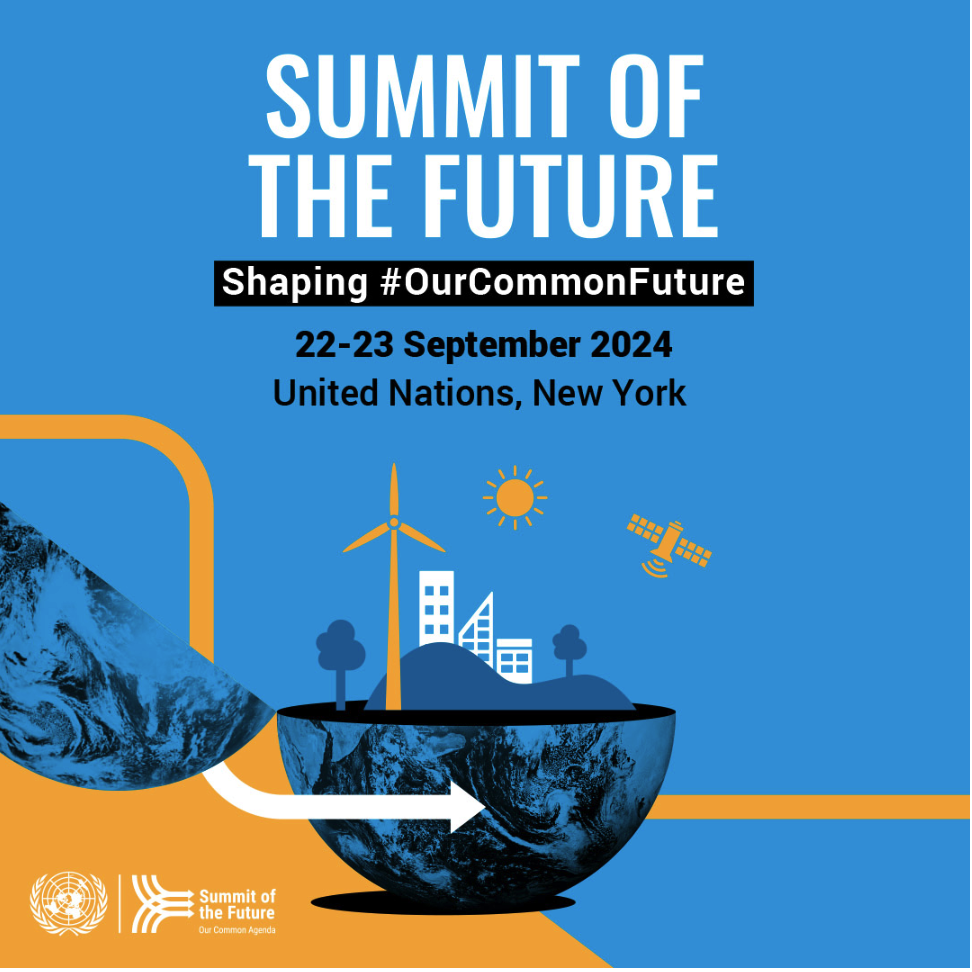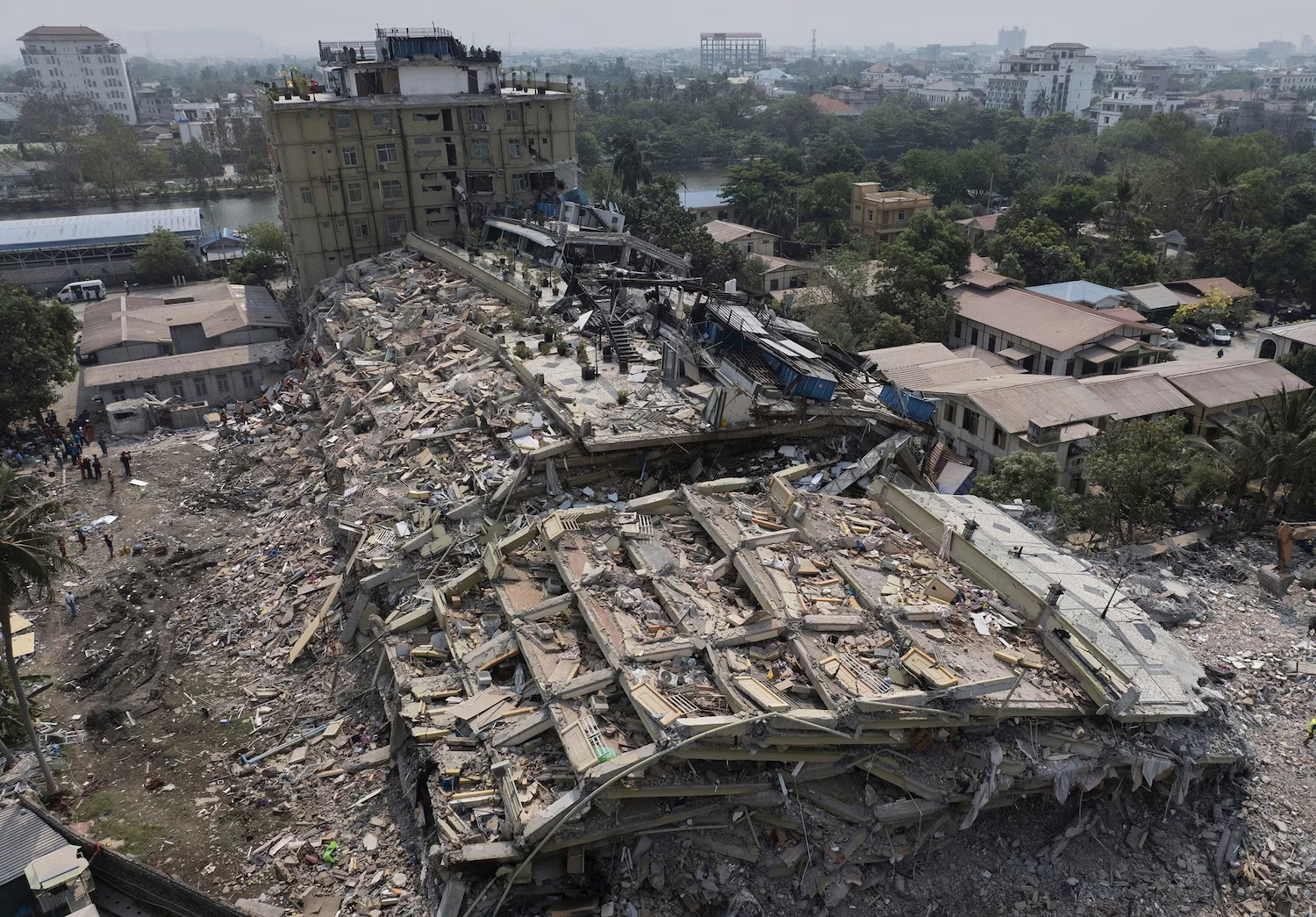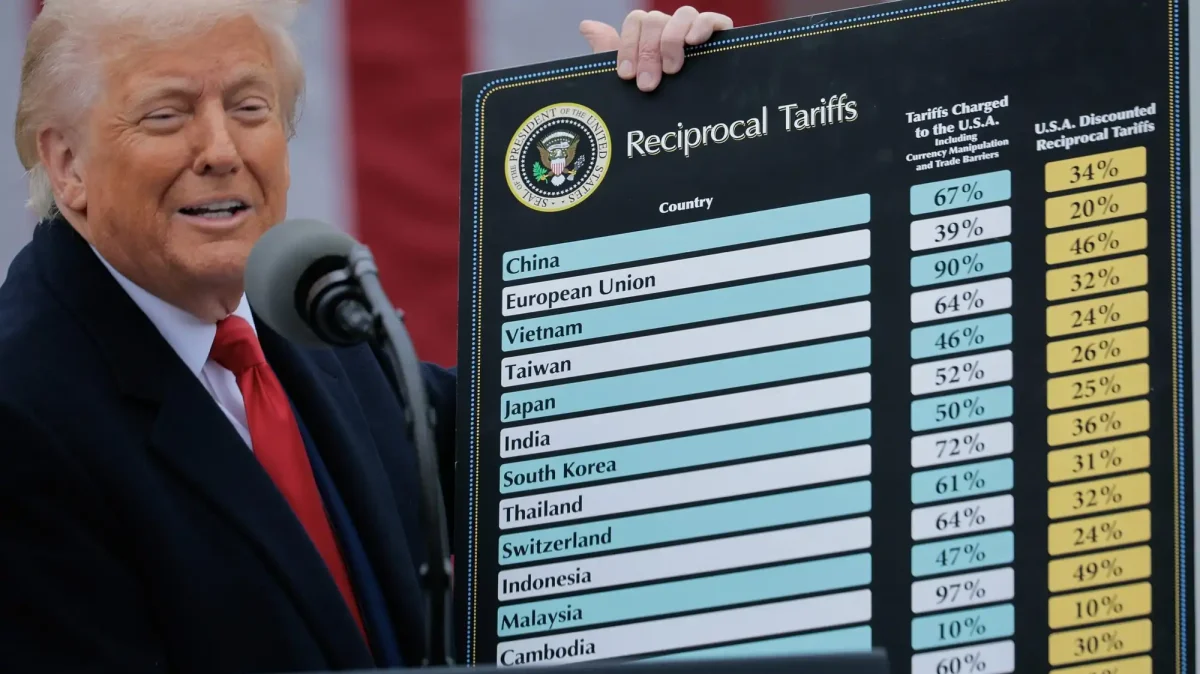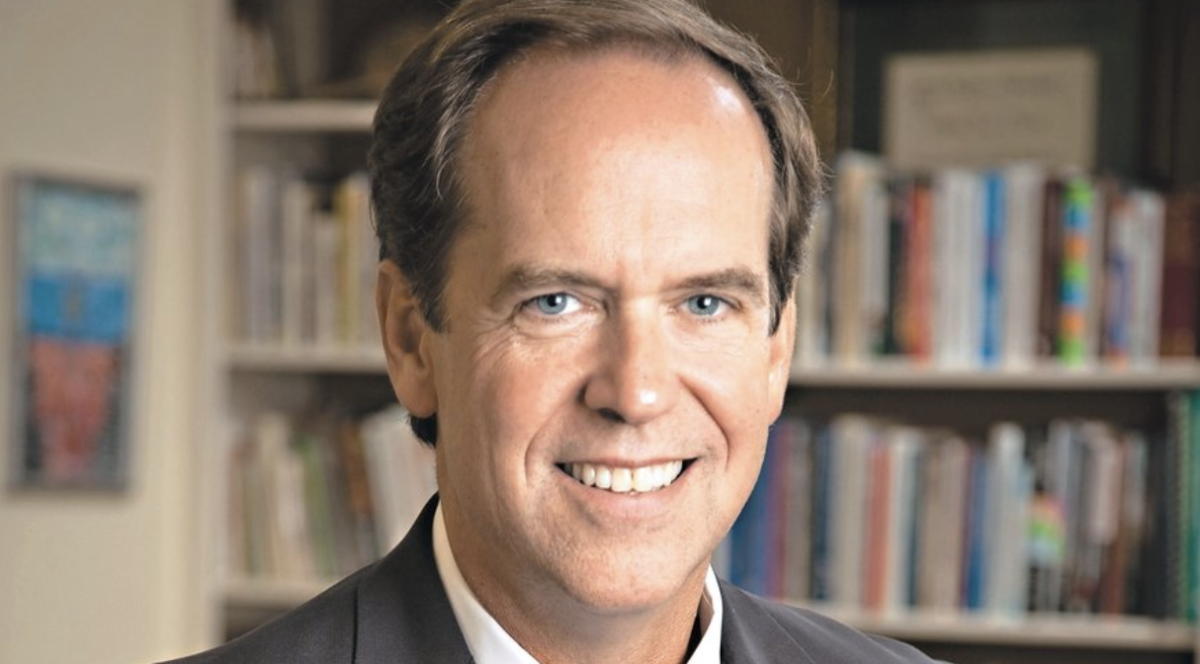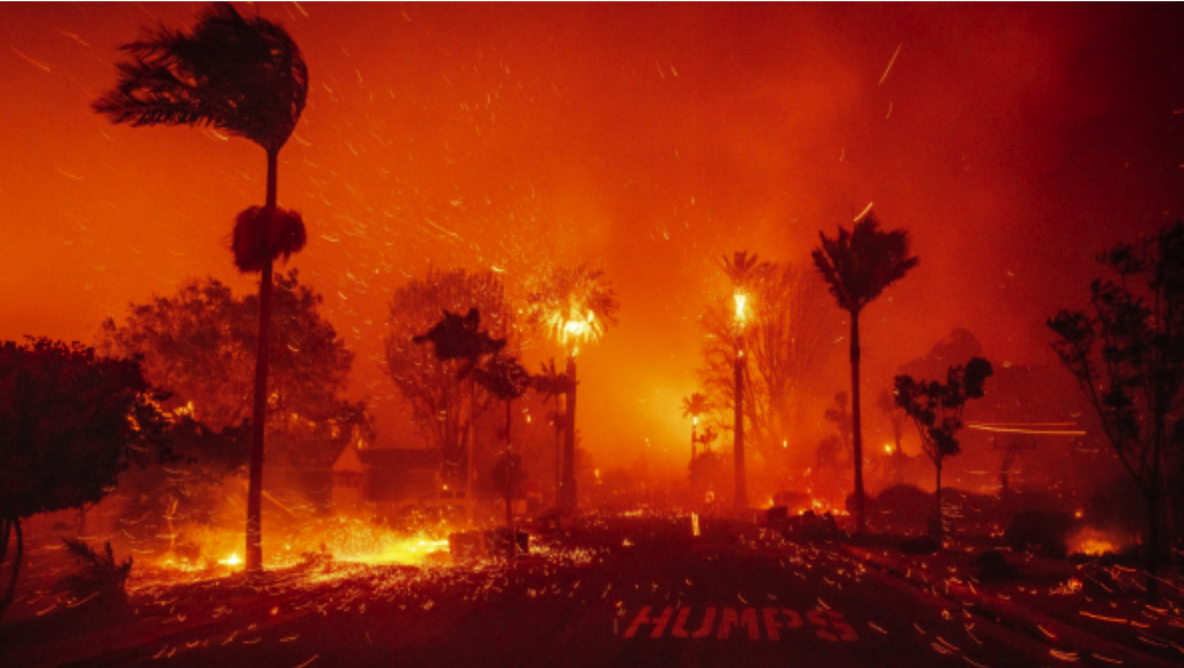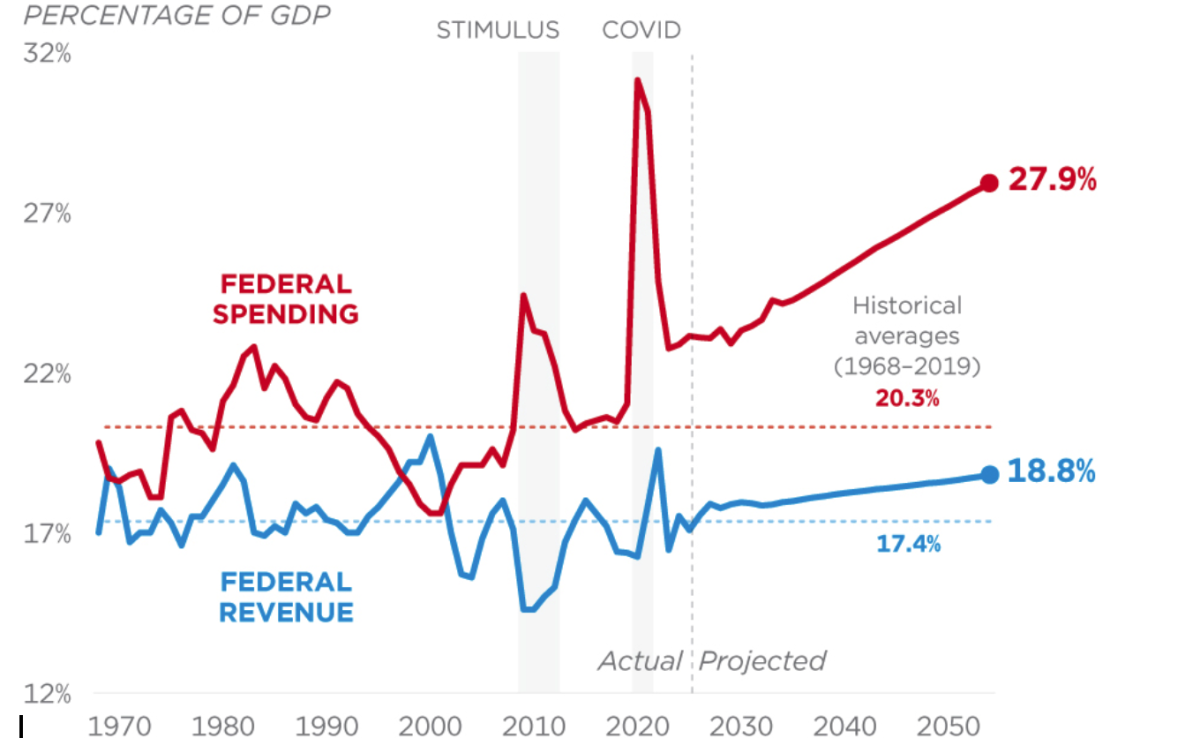Last month, world leaders gathered for the UN Summit of the Future, an event focused on addressing global challenges and finding solutions for a better and more sustainable present and future. The summit adopted a Pact for the Future, including a Global Digital Compact and a Declaration on Future Generations. The pact is the widest-ranging agreement in years, representing a commitment from nations, organizations, and civil society to cooperate and collaborate on solutions that work to ultimately ensure a sustainable and equitable world. The key objectives of the pact largely pertained to these three subjects: equitable development and education, global peace and security, and sustainable development.
The entire pact is designed to accelerate the implementation of the sustainable development goals by creating the most detailed agreement in reforming international financial architecture. This serves as a way to better represent and serve developing nations, addressing climate change and finding ways to promote sustainable practices. The pact confirmed the need to reduce global warming, setting an ambitious goal for the countries to limit global temperature rise to 1.5°C above pre-industrial levels, and emphasizing transitioning away from fossil fuels in energy systems to achieve net zero emissions by 2050.
Jerry Guo, a junior and member of Westminster’s Model UN team, explained how these goals are helpful.
“Having cooperation between nations and having that ability to hold each other accountable, for example, if one nation is doing well on their part and meeting their goal for carbon neutrality or for sustainability, they can motivate other nations to also keep up their role,” Guo said.
Global leaders also agreed on a change for how to properly finance the SDG– sustainable development goals– trying to align financial systems with these goals in order to obtain the necessary resources to ensure success.
Furthermore, during the summit, international peace and security were emphasized, calling for strengthened means against conflict. Global leaders promised to increase the use of diplomacy to settle disputes peacefully, while also implementing voluntary national prevention strategies in order to achieve national “whole level society peace.” The pact highlighted the necessity of involving all collaborators in peace processes, including women, youth, and marginalized groups in order to deepen partnerships between these groups.
Additionally, the protection of civilians was a topic of great discussion, as they agreed that the best way to ensure everyone’s safety was by complying with the laws of war. From pledging to refrain from using explosive weapons in populated areas to strengthening accountability for crimes and violations, such as gender-based violence and employing starvation as a weapon of war, the pact agrees to increase humanitarian assistance and hopefully prevent unnecessary loss of life during times of conflict. The settlement aimed to find new ways to adapt and combat enablers of terrorism and extremist behavior including those in the digital world. One of the main achievements of the pact was establishing the strongest commitment to nuclear disarmament in 15 years, with a clear end goal of completely eliminating the use of nuclear weapons. The summit also provides a crucial platform for advancing the Women, Peace, and Security (WPS) agenda, which is a vital framework in addressing the global issues pertaining to women’s rights and promoting a more inclusive and safe environment for women in the future.
Moreover, leaders gathered to discuss pressing issues relating to equitable development and education, with a strong emphasis placed on reforming the multilateral system to make it more effective, inclusive, and financially stable. It includes an ambitious goal on the Security Council Reform, including a commitment to represent and build bridges between developed and developing countries. Not only are they committed to better representing the countries, they also plan to expand and strengthen youth participation in global decision-making, hoping to create environments where young people feel empowered and fulfilled, showing that their opinions matter and are valued in the world. In terms of responding to complex global shocks, the pact calls for an improved international system and proposes new ways to approach these situations in order to strengthen the system of the UN.
When asked about the importance of the summit and pact for future generations, junior Crystal Zhang, another member of Model UN, said, “They’re putting into people’s heads what’s important and what we need to be focusing on, which is good for the future as it gives us a better understanding of what are the overall main international issues.”
However, there are questions concerning when we should be expecting results for these reforms, and whether or not the summit will prove to be as effective as it is meant to be.
Ana Maria Szolodko, leader of Westminster’s Model UN club, believes that although the United Nations often moves slowly, they make and will continue to contribute significant progress in improving the world.
“Considering how many moving parts it has and how many truly distinct points of view the participating nations have, it really is more effective than we give it credit for,” she said.
Regardless of the doubts, the significance of the summit is undeniable, as it establishes a common goal among nations to work toward and also helps reveal where our world is currently headed, helping to shape the future of humanity and our world.
Edited by Sarah Wang
